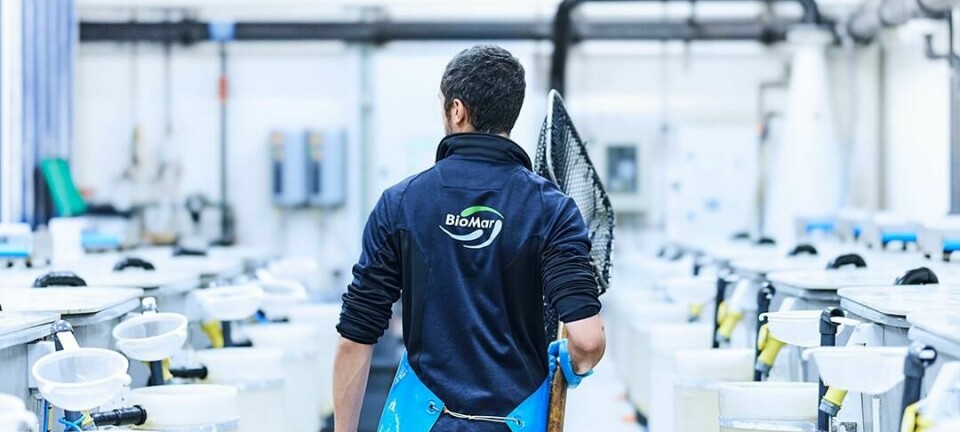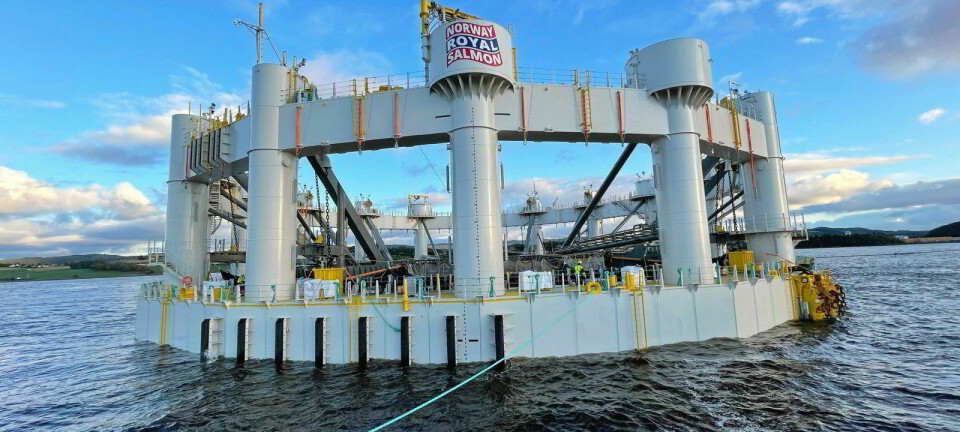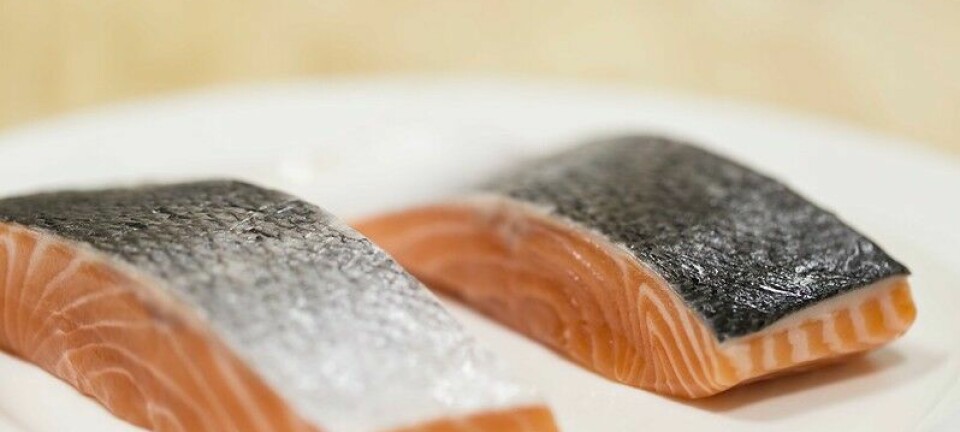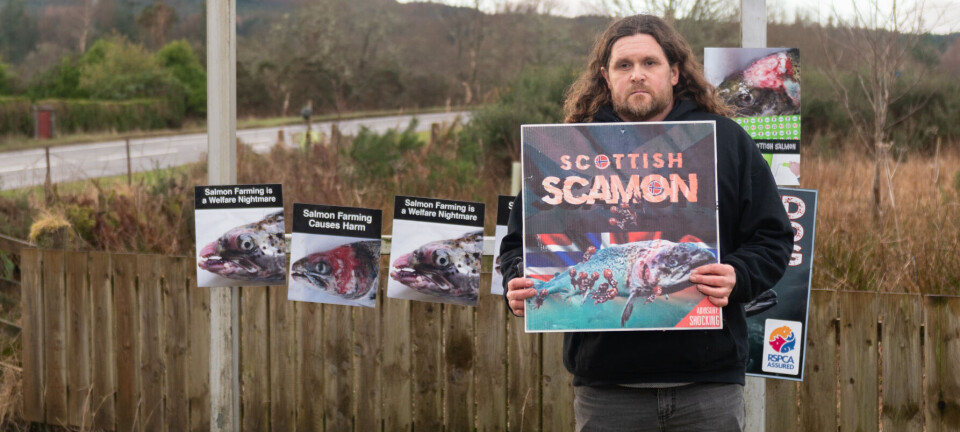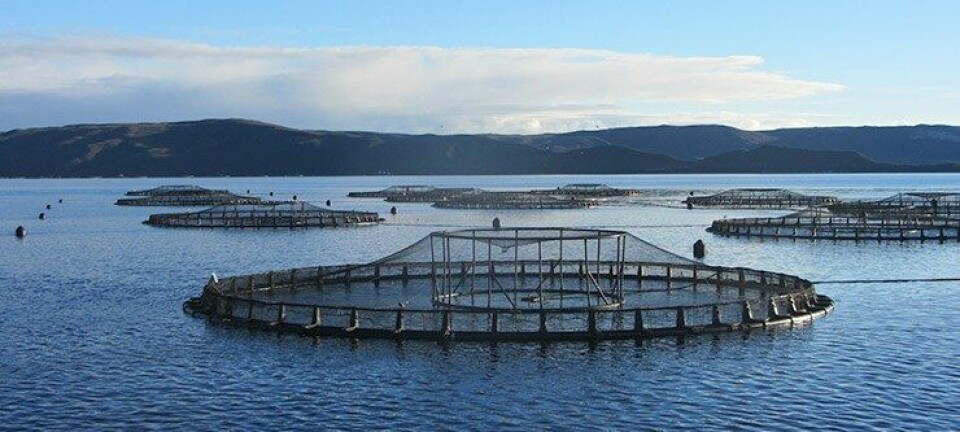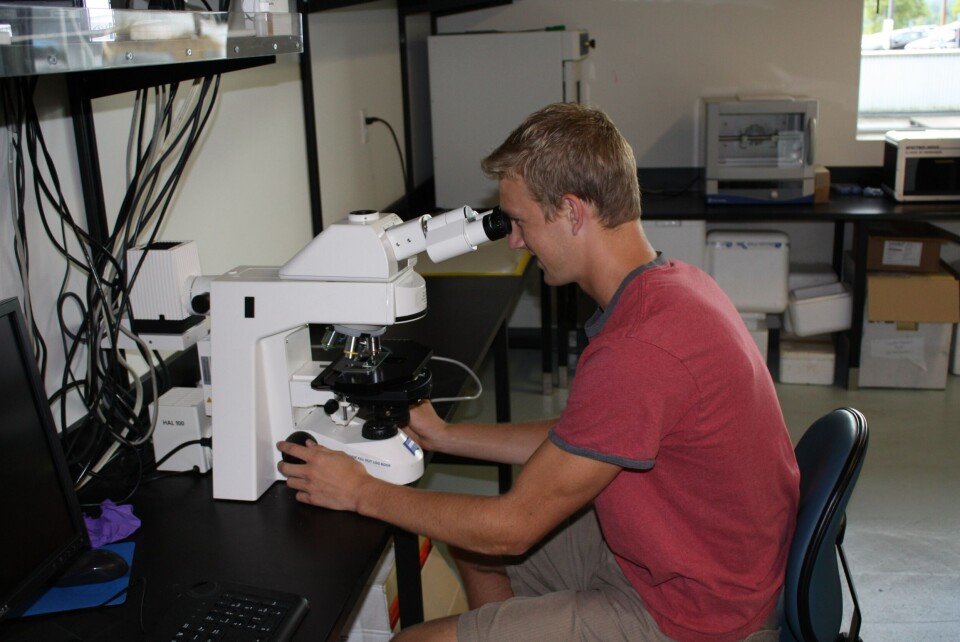
"New" aquaculture modelling tool
Opinion
It makes one wonder if this is really new technology when there are existing models that have been developed to evaluate the benthic effects of fish farms in different locations, such as the DEPOMOD model used in British Columbia and described in a paper in the journal Aquaculture entitled: “DEPOMOD—modelling the deposition and biological effects of waste solids from marine cage farms” by lead author Chris Cromey. From the paper’s abstract: “To enable better predictive capability of the impact from large marine cage fish farms on the benthos and improved objectivity in the regulatory decision-making process, a computer particle tracking model DEPOMOD was developed.
"DEPOMOD predicts the accumulation of solids on the seabed arising from a fish farm and associated changes in the benthic faunal community. The grid generation module allows the user to set up a grid containing information on depth, cage and sampling station positions for the area of interest. Given the information on wastage rates of fish food and faeces and hydrodynamics of the area, the initial deposition of particles on the seabed can then be predicted with the particle tracking model.”
The model developed for the Australian fish farming industry is described as follows:
“The innovative tool allows scientists and aquaculture managers to test the 'big picture' environmental impact of various fish farming scenarios over large tracts of water as well as the localised impacts of individual farm leases. Developed over four years by the South Australian Research & Development Institute (SARDI) to monitor aquaculture in the Spencer Gulf, the model simulates the level of nutrients in a given area of the gulf and how the ocean circulation in that area might diffuse or disperse them.
"When applied to a spatial planning tool through a graphical user interface, the model allows managers and producers to rapidly assess the suitability of new and existing aquaculture finfish sites at the scale of the gulf, region or lease. The tool is known as CarCap1.0, reflecting the importance of 'carrying capacity' – the concentration of nutrients in the ocean – in determining whether aquaculture developments can proceed in Australia.
"While primarily designed to help authorities manage present and future aquaculture development in Spencer Gulf (currently worth around $240 million a year at the farm gate), the system is attracting interest from industry because it can help producers improve feeding regimes and the seasonal placement of fish within their leases.
"The data covers a range of factors from ocean circulation and seasonal variations in climate and rainfall, to temperature, salinity, oxygen, and phytoplankton and zooplankton levels. Significantly, the system can differentiate nutrients created through aquaculture from those occurring naturally or from other sources such as wastewater disposal. The good news for South Australia is the natural input of nutrients into the gulf is about 18 times greater than human-related nutrient inputs, suggesting that current aquaculture is sustainable and there is scope for expansion.”








